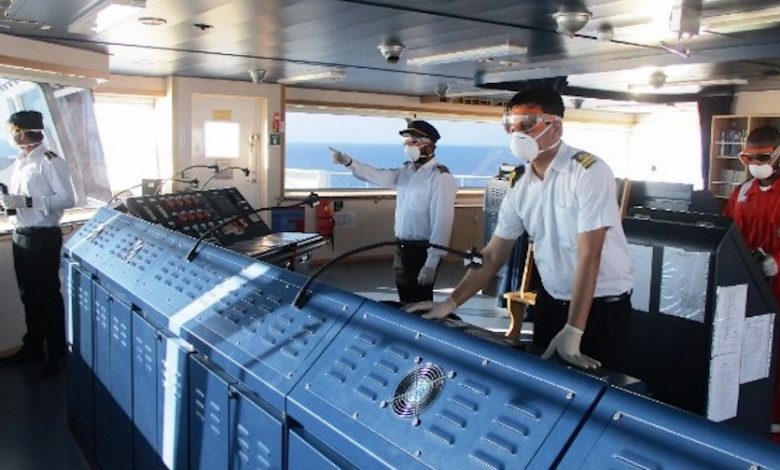New BIMCO/ICS seafarer workforce report warns of serious potential officer shortage

Launched today, the new Seafarer Workforce Report from BIMCO and the International Chamber of Shipping (ICS) warns that the industry must significantly increase training and recruitment levels if it is to avoid a serious shortage in the total supply of officers by 2026. Given the growing demand for STCW certified officers, the report predicts that there will be a need for an additional 89,510 officers by 2026 to operate the world merchant fleet. The report estimates that 1.89m seafarers currently serve the world merchant fleet, operating over 74,000 vessels around the globe.
The launch of the key manpower report, compiled every five years, coincides with the publication of the July issue of Splash Extra today, which leads with the extreme crunch in crewing numbers hitting global trade today with comments from Anglo-Eastern, Columbia Shipmanagement, Fleet Management, ICS, InterManager, Synergy Marine, V. Ships and Wilhelmsen Ship Management among a host of other crewing specialists.
The new ICS and BIMCO report highlights a current shortfall of 26,240 STCW-certified officers, indicating that demand for seafarers in 2021 has outpaced supply. Although there has been a 10.8% increase in the supply of officers since 2015, this shortfall could be due to a reported increase in officers needed on board vessels, with an average of 1.4 officers required per berth.
In addition, some officer categories are in especially short supply. There is a shortage of officers with technical experience especially at management Level, and in the tanker and offshore sectors there is a reported shortage of management level deck officers.
Guy Platten, secretary general of the International Chamber of Shipping, commented: “The Seafarer Workforce Report warns of a shortfall in officers by 2026. To meet the future demand for seafarers it is vital that the industry actively promotes careers at sea and enhances maritime education and training worldwide, with a focus on the diverse skills needed for a greener and more digitally connected industry. This is especially important as we recover from the effects of the pandemic, and we will need to address the real concerns that we could see seafarers turning away from careers in shipping. We must analyse and respond to trends in seafarer retention, and continue regular monitoring of the global seafarer workforce, to ensure that the supply of STCW certified seafarers continues to keep pace with demand.”
The report also focuses on diversity within the seafarer workforce, analysing a range of demographic data, including age, nationality and gender. The latest statistics show that there is a positive trend in gender balance, with an estimated 24,059 women serving as seafarers, a percentage increase of 45.8% compared with the last report compiled in 2015. The percentage of female STCW certified seafarers is estimated to be 1.28% of the global seafarer workforce and it appears that there has been a significant rise in the number of female STCW certified ratings compared to STCW certified female officers, with female ratings found predominantly in the cruiseship and passenger ferry sectors. Female officer numbers are spread more evenly across the sectors.
